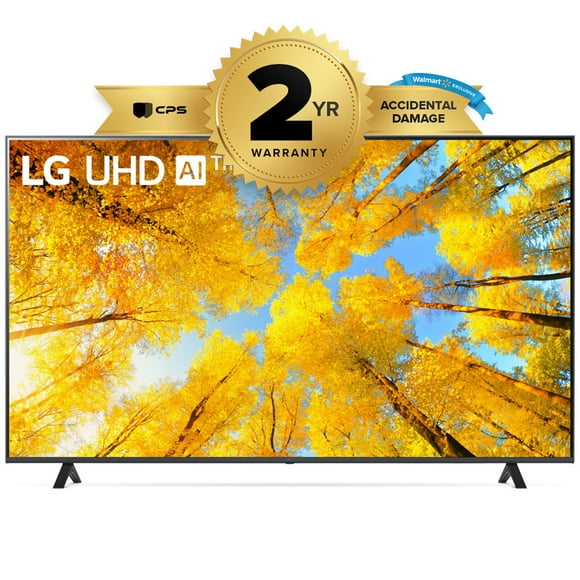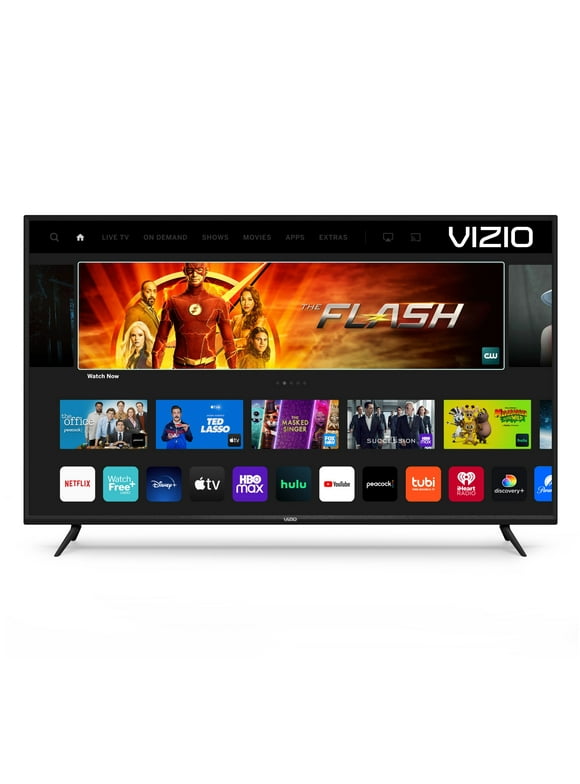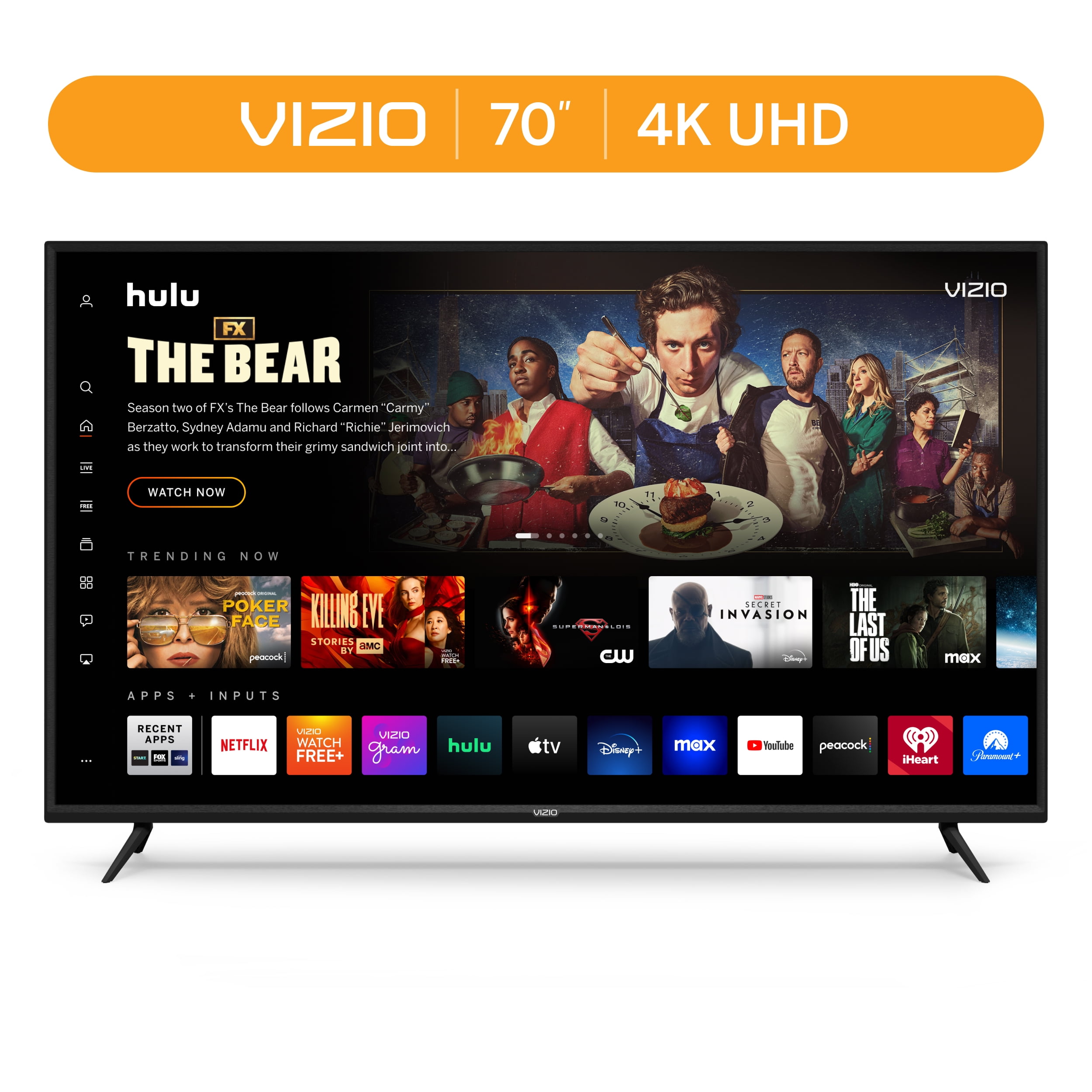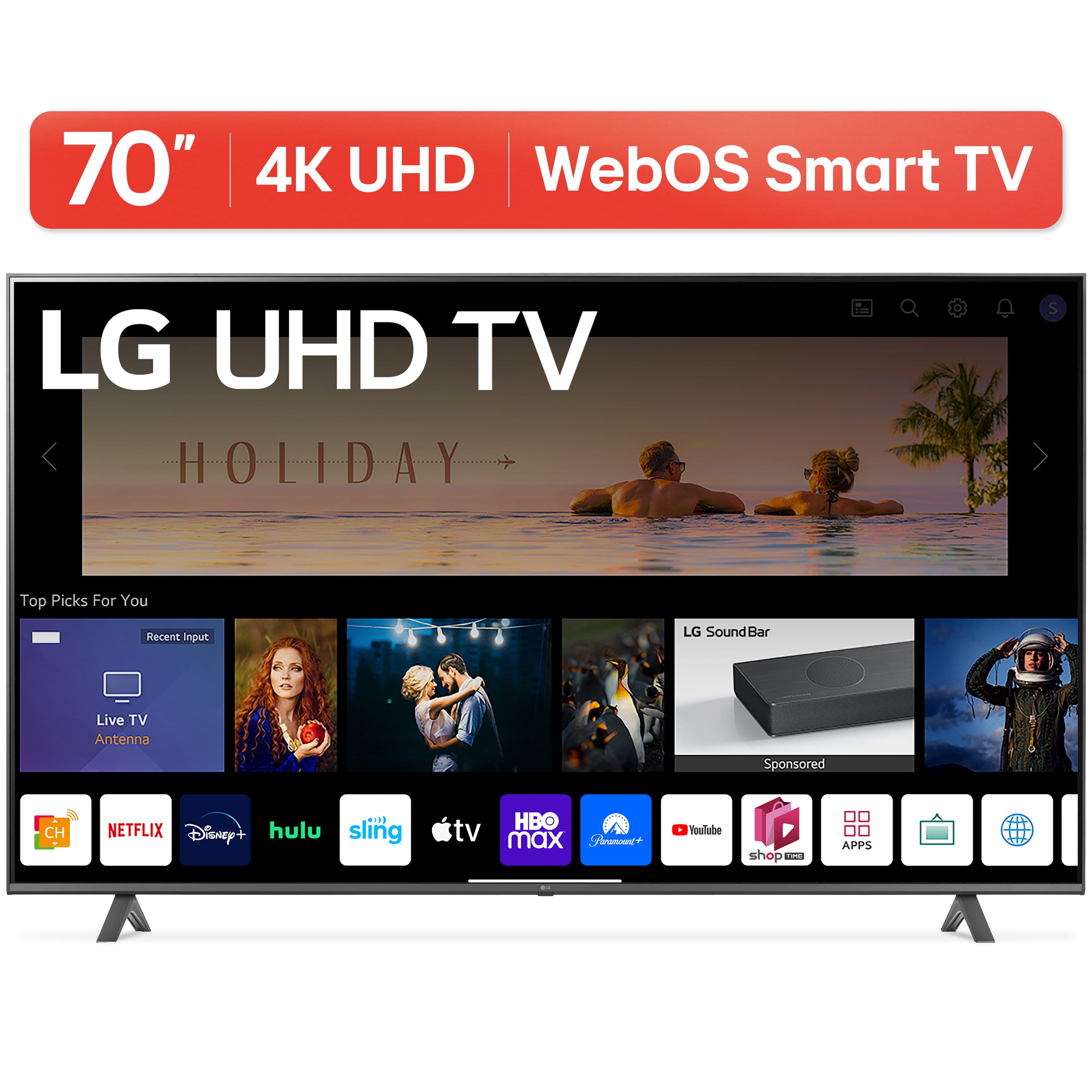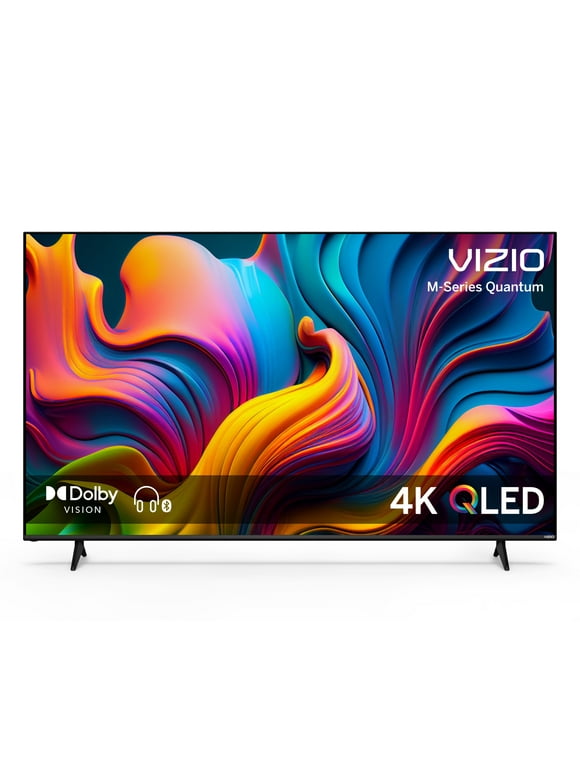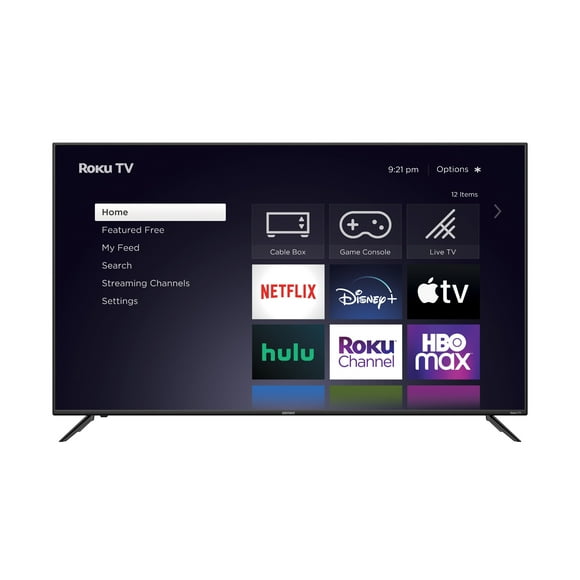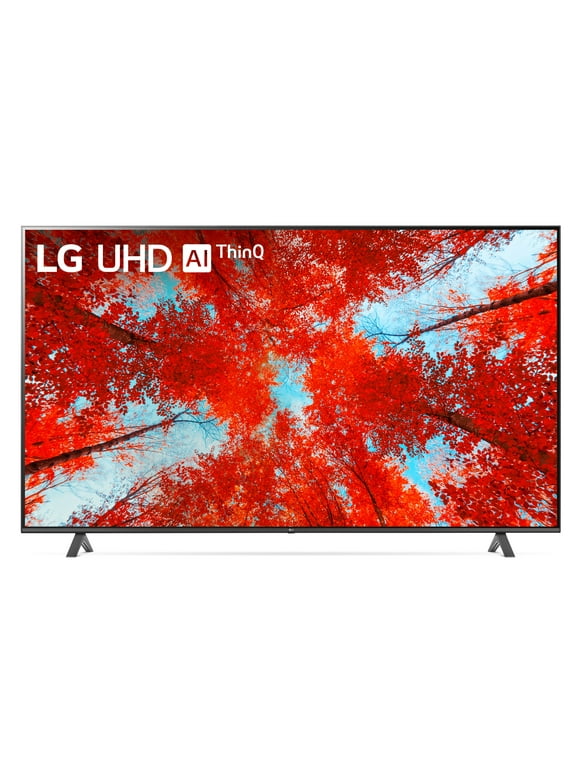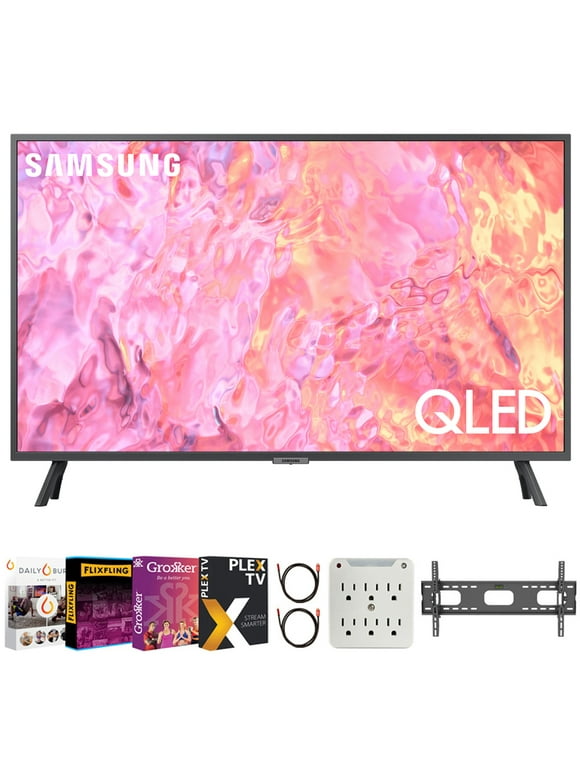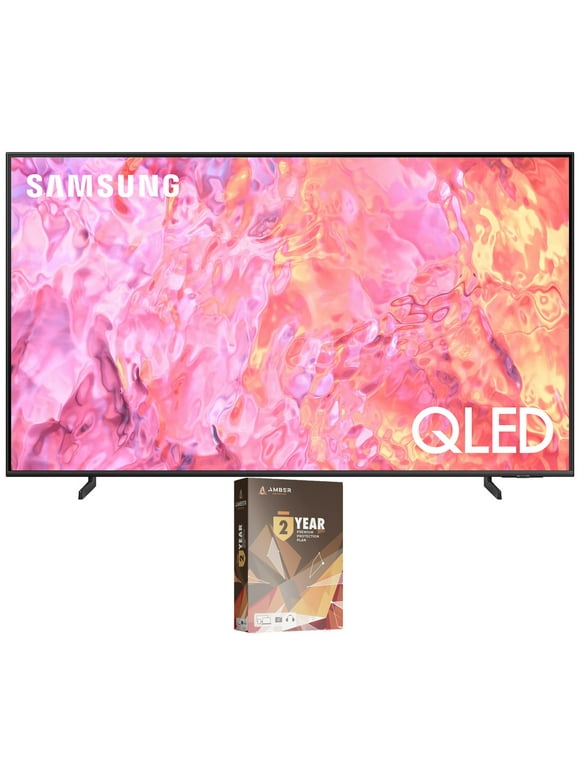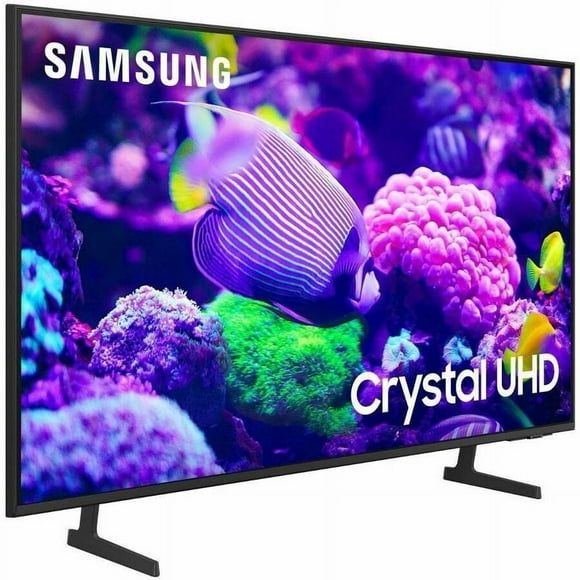70 Inch Tvs On Sale At Walmart
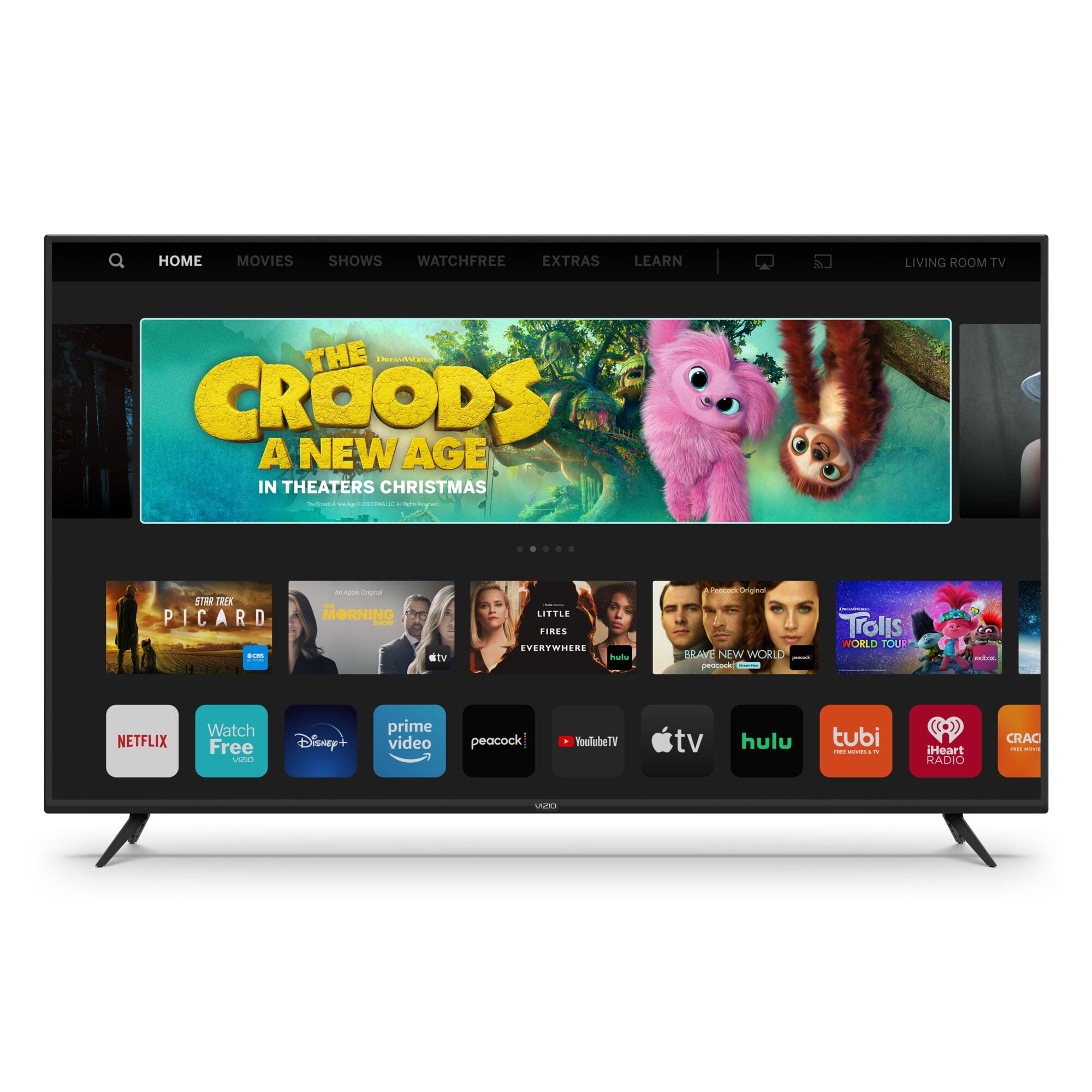
The battle for consumer attention is raging hotter than ever, and the latest front line is Walmart’s aggressive foray into the 70-inch television market. Slashed prices and limited-time deals are sending ripples through the electronics retail landscape, leaving industry analysts and consumers alike wondering about the long-term implications of this strategy.
Walmart's recent promotion of 70-inch TVs at significantly reduced prices isn't merely a sale; it's a strategic play designed to capture a larger share of the electronics market. The move forces competitors to react, potentially impacting profit margins across the board. This article will explore the details of the sale, its potential impact on consumers and competitors, and the broader trends it reflects in the electronics retail sector.
The Details of the Deal
Walmart’s current promotion features 70-inch TVs from various brands, including Hisense and Onn., their in-house brand. Some models are reportedly selling for under $400, a price point previously unheard of for televisions of that size and quality. These deals are primarily available both online and in physical stores, but availability varies by location.
The retailer has confirmed that the promotional pricing is a limited-time offer, though the exact duration remains undisclosed. Customers are encouraged to check Walmart's website and local stores for specific details on availability and pricing.
Impact on Consumers
The primary beneficiaries of this price war are, undoubtedly, consumers. Affordable access to large-screen televisions democratizes home entertainment, making a previously premium experience accessible to a wider audience. Many families can now afford to upgrade their viewing experience without breaking the bank.
However, some consumer advocates warn against being swayed solely by price. It is crucial to consider factors like picture quality, smart TV features, and warranty options. Reviews and comparisons are essential before making a purchase.
Competitive Reactions and Market Dynamics
Walmart's aggressive pricing strategy has forced other retailers, such as Best Buy and Target, to re-evaluate their pricing strategies. Some have responded with their own deals and promotions, attempting to match or undercut Walmart's offers on comparable models. This creates a competitive environment where retailers are vying for customer attention through price cuts and special offers.
Industry analysts suggest that this price war could have a significant impact on the profit margins of all retailers involved. The pressure to offer lower prices can squeeze margins, especially for smaller retailers without the same purchasing power as Walmart. This could lead to consolidation within the industry, with larger players gaining market share at the expense of smaller competitors.
The Manufacturer's Perspective
The impact on television manufacturers is complex. Increased sales volume is a positive outcome, but the pressure to lower prices can impact their profitability. Manufacturers like Samsung and LG, who focus on higher-end models, may be less directly affected by the 70-inch TV price war.
However, brands like Hisense and TCL, which often compete on price, may see both increased sales and increased pressure on their profit margins. They need to carefully balance volume and profitability to remain competitive in the long term.
Broader Trends in the Electronics Retail Sector
This price war reflects several broader trends in the electronics retail sector. One is the increasing commoditization of consumer electronics. Technological advancements and economies of scale have made it possible to produce high-quality televisions at lower costs, leading to a downward pressure on prices.
Another trend is the growing importance of online retail. Walmart's online presence allows it to reach a wider audience and compete more effectively with other online retailers like Amazon. This competition further intensifies the pressure to offer lower prices and better deals.
The Long-Term Implications
The long-term implications of Walmart's aggressive pricing strategy are still unfolding. While consumers benefit from lower prices in the short term, there are potential downsides. Reduced profit margins for retailers and manufacturers could lead to less investment in research and development, potentially slowing down innovation in the television industry.
There's also a risk of a race to the bottom, where retailers focus solely on price, neglecting other important aspects of the customer experience, such as service and support. Maintaining a balance between affordability and quality will be crucial for the long-term health of the electronics retail sector.
Ultimately, the 70-inch TV price war at Walmart is a microcosm of the larger competitive dynamics in the electronics retail market. It highlights the importance of price, convenience, and value in attracting and retaining customers. Consumers should remain vigilant, informed, and selective in their purchasing decisions, ensuring they get the best possible value for their money.

